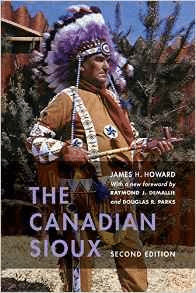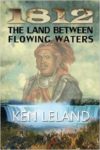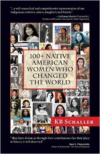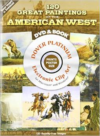Description
The Canadian Sioux are descendants of Santees, Yanktonais, and Tetons from the United States who sought refuge in Canada during the 1860s and 1870s. Living today on eight reserves in Manitoba and Saskatchewan, they are the least studied of all the Sioux groups. This book, originally published in 1984, helps fill that gap in the literature and remains relevant even in the twenty-first century. Based on Howard’s fieldwork in the 1970s and supplemented by written sources, The Canadian Sioux, Second Edition descriptively reconstructs their traditional culture, many aspects of which are still practiced or remembered by Canadian Sioux although long forgotten by their relatives in the United States. Rich in detail, it presents an abundance of information on topics such as tribal divisions, documented history and traditional history, warfare, economy, social life, philosophy and religion, and ceremonialism. Nearly half the book is devoted to Canadian Sioux religion and describes such ceremonies as the Vision Quest, the Medicine Feast, the Medicine Dance, the Sun Dance, warrior society dances, and the Ghost Dance. This second edition includes previously unpublished images, many of them photographed by Howard, and some of his original drawings. James H. Howard (1925-82) was a professor of anthropology at Oklahoma State University. His many publications include The Warrior Who Killed Custer: The Personal Narrative of Chief Joseph White Bull and Shawnee: The Ceremonialism of a Native American Tribe and Its Cultural Background. Raymond J. DeMallie is Chancellor’s Professor of Anthropology and American Studies, codirector of the American Indian Studies Research Institute, and curator of North American Ethnology at the Mathers Museum of World Cultures at Indiana University. Douglas R. Parks is a professor of anthropology and codirector of the American Indian Studies Research Institute at Indiana University, and editor of the journal Anthropological Linguistics.






Reviews
There are no reviews yet.